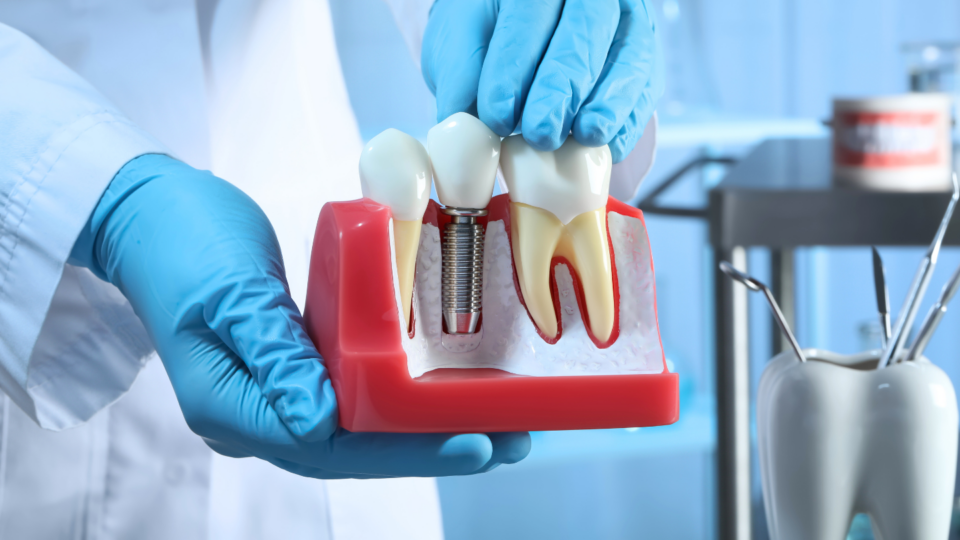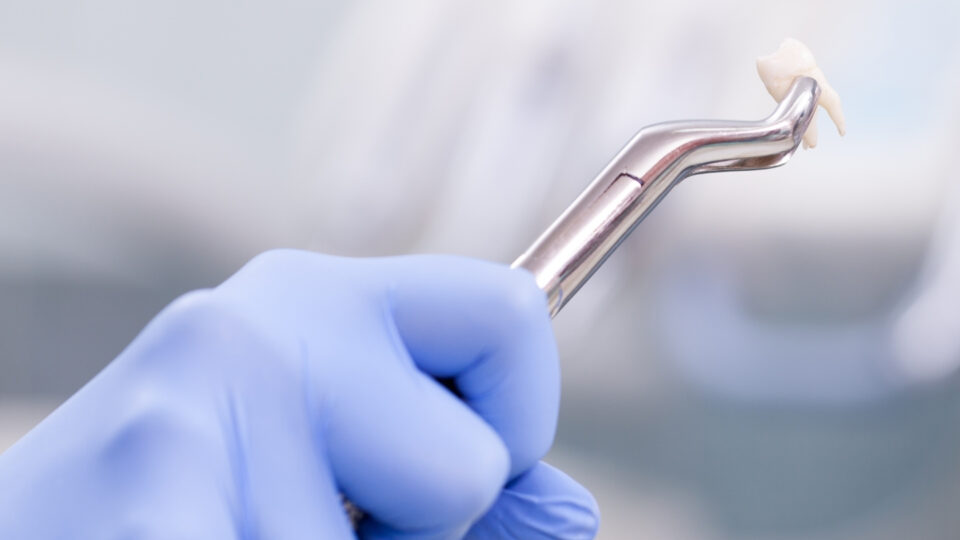The 5 Stages of Tooth Decay — and How to Stop It Early

How to Know If You Need a Root Canal or Endodontic Surgery
July 20, 2025
How Does a Dentist Extract a Tooth? A Step-by-Step Guide
September 12, 2025The 5 Stages of Tooth Decay — and How to Stop It Early
 Dr. Prashant Rao, DDS, a Charlotte native and NYU-trained dentist, specializes in esthetics, dental implants, and preventative dentistry.
Dr. Prashant Rao, DDS, a Charlotte native and NYU-trained dentist, specializes in esthetics, dental implants, and preventative dentistry.
Most people think cavities appear overnight, but tooth decay is actually a slow, step-by-step process. If you understand the stages of decay, you can spot problems early and take action before they become serious — and expensive.
At Cedar Walk Family and Cosmetic Dentistry in Ballantyne, our goal is to catch decay in its earliest stages so you can avoid drilling, fillings, and more invasive procedures.
Here’s what happens during the five stages of tooth decay — and how you can stop it in its tracks.
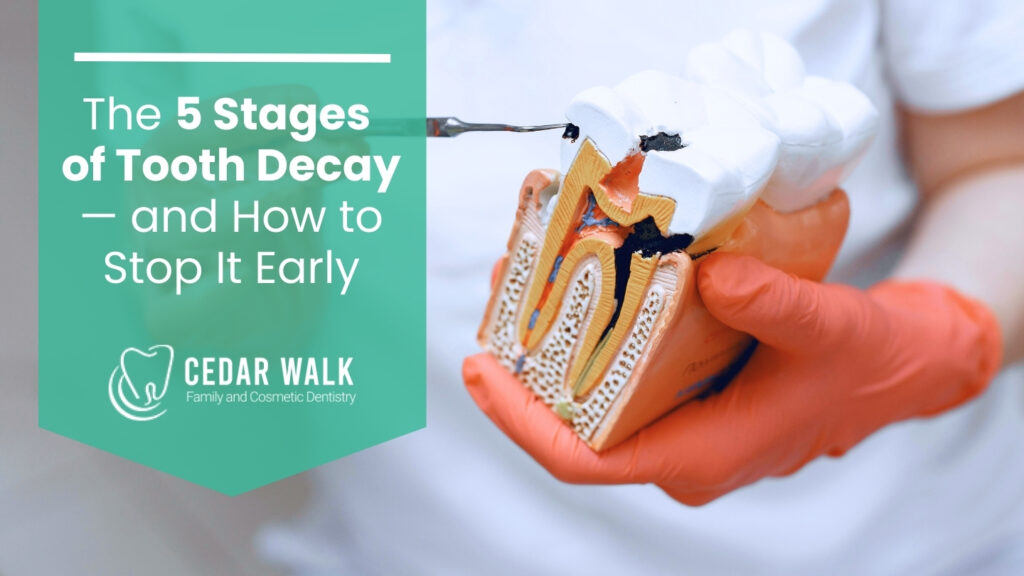
Stage 1 – Initial Demineralization
The first stage of tooth decay begins when minerals are lost from the enamel, the hard outer layer of your tooth. This often shows up as small white spots on your teeth.
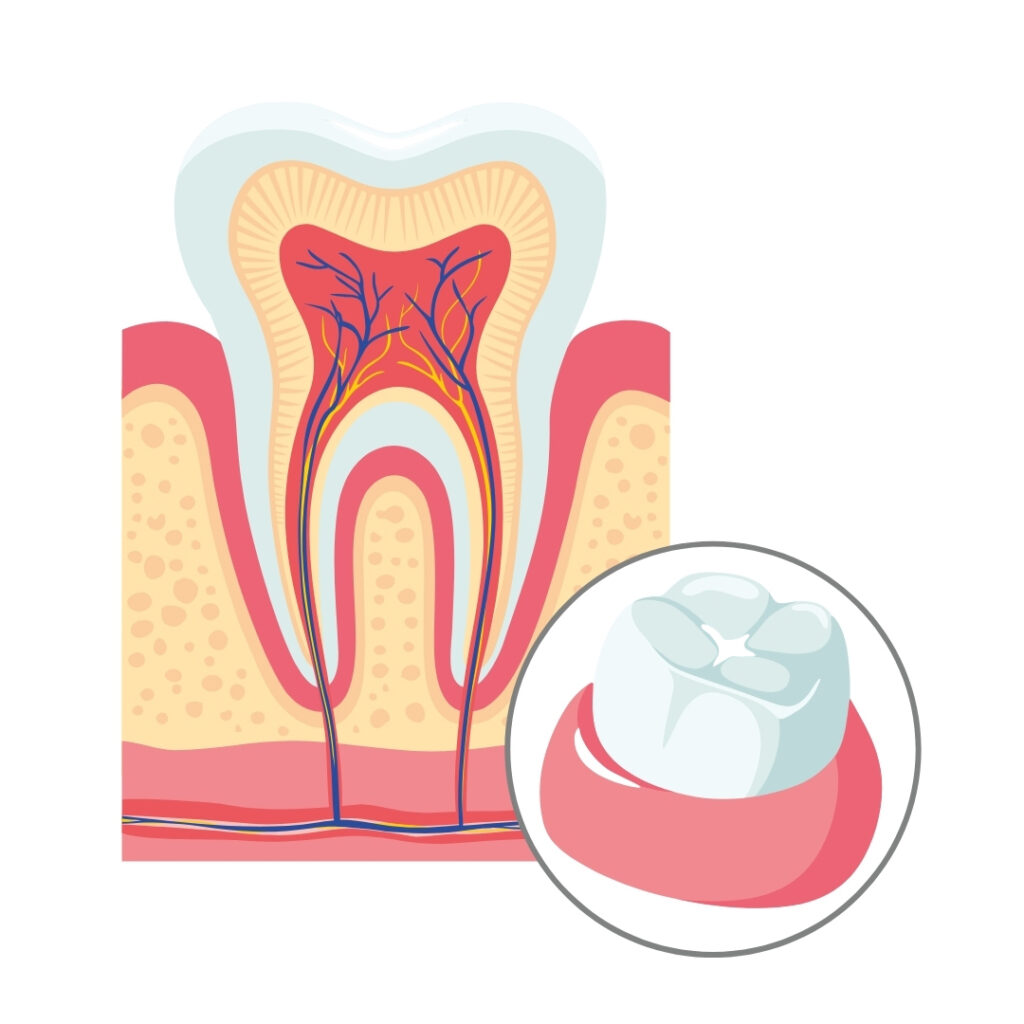
Why it happens: Plaque buildup, acidic foods and drinks, and inadequate brushing and flossing can all contribute to demineralization.
Why it matters: This is the only stage where tooth decay can be reversed naturally or with non-invasive dental treatments.
How to stop it: Improving your oral hygiene, using fluoride toothpaste, and scheduling regular dental visits can help. At Cedar Walk Dentistry, we also offer Curodont™ Repair, a gentle, drill-free treatment that can restore enamel and reverse early decay before it turns into a cavity.
Stage 2 – Enamel Decay
If early demineralization isn’t addressed, the enamel begins to break down further. This creates a small cavity in the outer layer of the tooth.
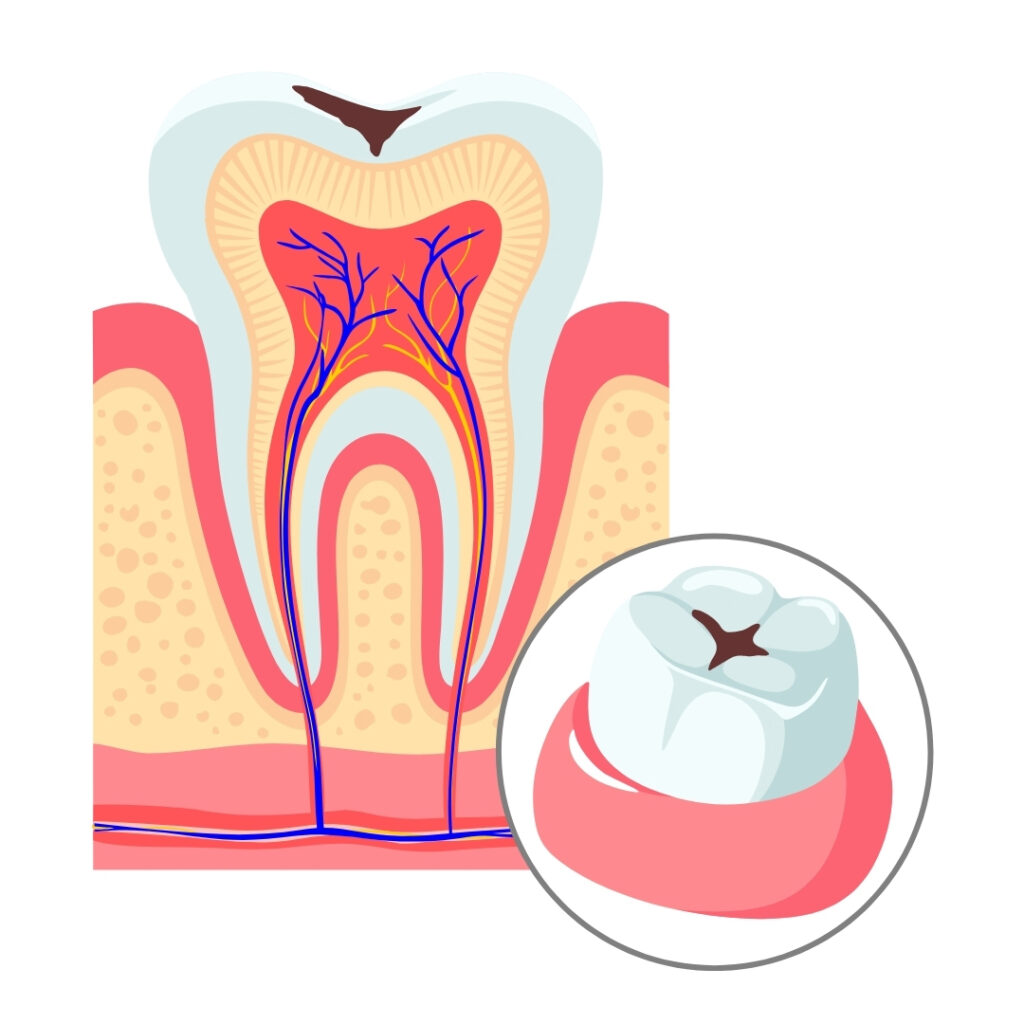
Signs to watch for:
- Increased tooth sensitivity
- Visible discoloration
- Small pits or holes in the enamel
At this stage, some damage has occurred, but if the decay is caught quickly, less invasive treatments may still be possible.
Stage 3 – Dentin Decay
Beneath the enamel is a softer layer called dentin. Once decay reaches the dentin, it can spread more quickly.
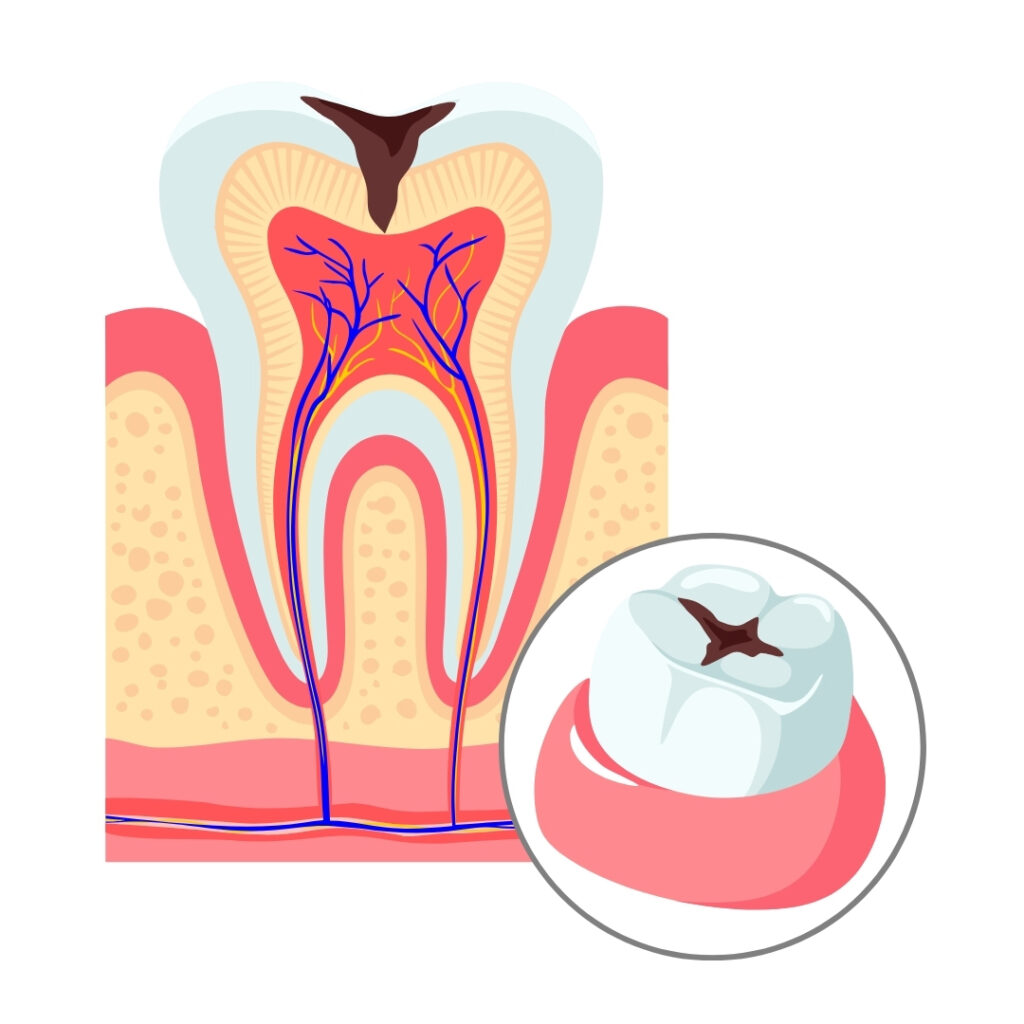
Signs to watch for:
- Heightened sensitivity to hot, cold, or sweet foods
- More visible cavities
- Possible mild discomfort when chewing
Treatment needed: At this point, a filling is usually necessary to stop the decay and restore the tooth’s structure.
Stage 4 – Pulp Damage
Inside the tooth is the pulp, which contains nerves and blood vessels. If decay reaches this layer, it can cause inflammation and infection.
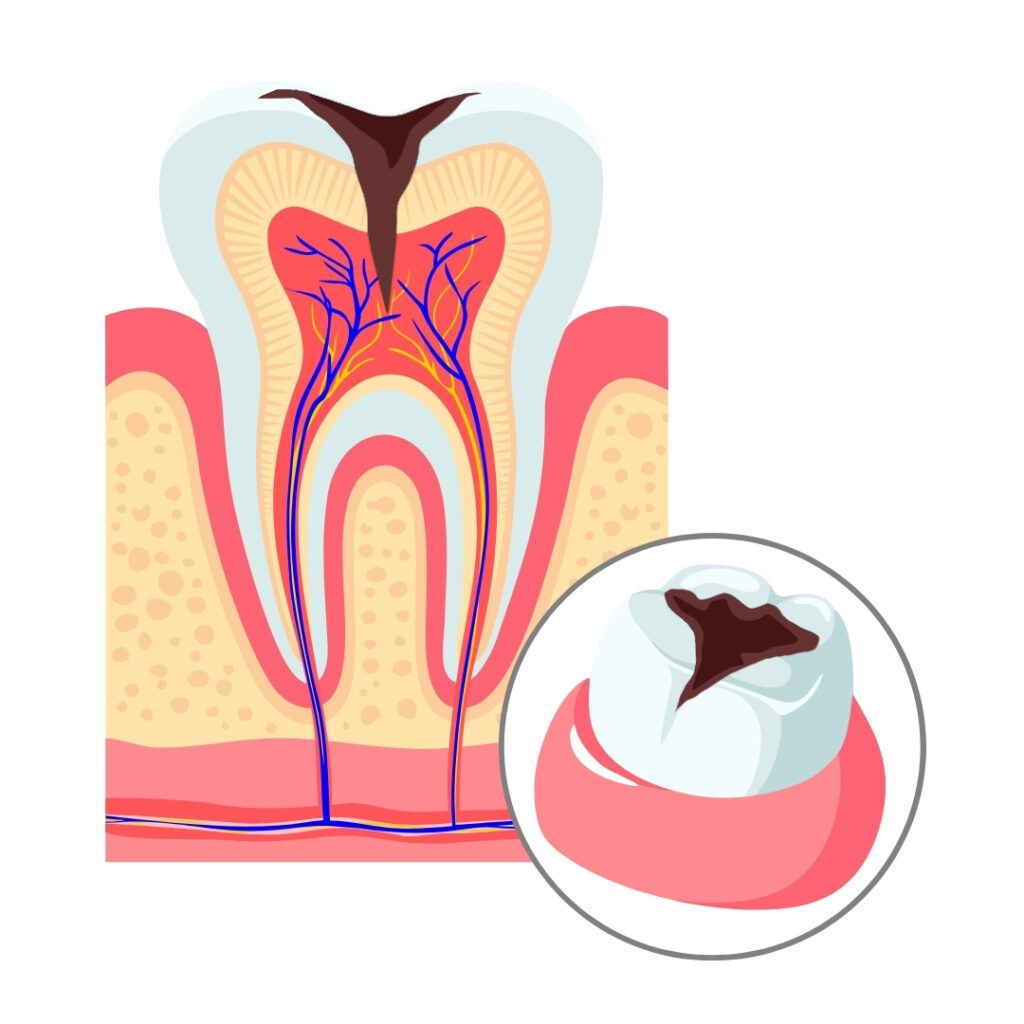
Signs to watch for:
- Persistent toothache
- Swelling in the gums near the tooth
- Sensitivity that lingers after eating or drinking
Treatment needed: Root canal therapy is typically required to remove the infection and save the tooth.
Stage 5 – Abscess Formation
If the infection spreads beyond the tooth, it can form an abscess — a pocket of pus that can cause severe pain and swelling.
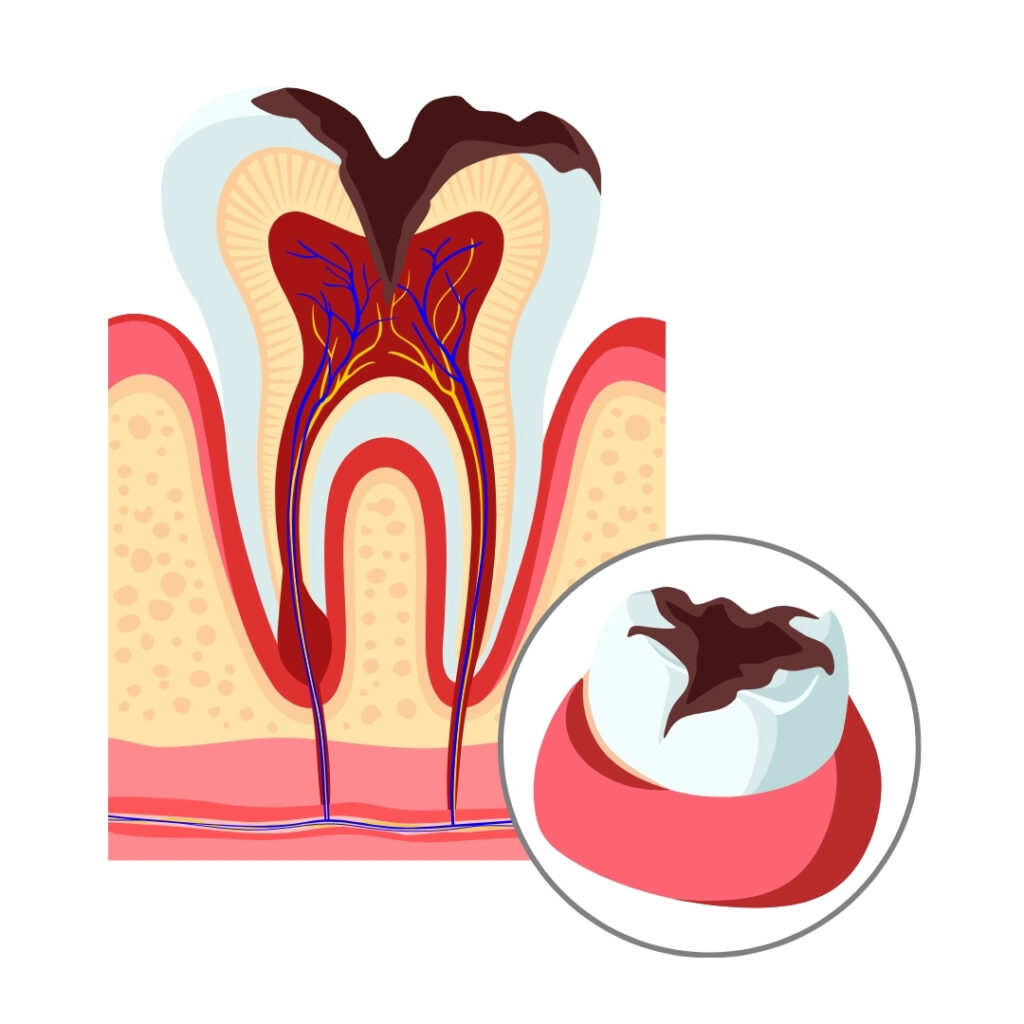
Signs to watch for:
- Intense, throbbing pain
- Facial swelling
- Fever or swollen lymph nodes
Treatment needed: Immediate dental care is required. Depending on the situation, treatment may include draining the abscess, performing a root canal, or in severe cases, extracting the tooth.
Why Early Detection Matters
Catching tooth decay in Stage 1 or Stage 2 means less invasive, more comfortable, and more affordable treatment. Once decay reaches Stage 3 or beyond, the options become more complex and costly.
At Cedar Walk Dentistry, we focus on preventive dentistry and early intervention. Treatments like Curodont™ Repair allow us to reverse decay before drilling is needed, preserving your natural tooth structure and avoiding discomfort.
How to Prevent Tooth Decay at Any Stage
- Brush twice daily with fluoride toothpaste.
- Floss every day to remove plaque between teeth.
- Limit sugary snacks and drinks.
- Drink plenty of water, especially after meals.
- Visit your dentist every six months for cleanings and exams.
- Ask about preventive treatments like dental sealants and remineralization therapies.
Take Action Before Decay Advances
Tooth decay doesn’t have to lead to pain, drilling, or tooth loss. By understanding the stages — and visiting your dentist regularly — you can keep your smile healthy for years to come.
If you’ve noticed white spots or sensitivity, don’t wait for things to get worse. Call Cedar Walk Family and Cosmetic Dentistry today to schedule your appointment and see if early, drill-free treatments like Curodont™ Repair are right for you.
Practice Recognitions
Recent Posts
- Dental Hacks to Protect Your Teeth and Gums in 2025
- Top 5 Foods for Healthy Gums
- Itchy Gums and Gum Health: Causes, Treatment, and Prevention
- Dental Implants – Complete Guide for Patients in Charlotte
- How Does a Dentist Extract a Tooth? A Step-by-Step Guide
- The 5 Stages of Tooth Decay — and How to Stop It Early
- How to Know If You Need a Root Canal or Endodontic Surgery
- Dental Implants vs. Bridges: Which Tooth Replacement Is Right for You?
- Who is a Good Candidate for Invisalign Treatment?
- Invisalign vs. Braces: Pros & Cons



